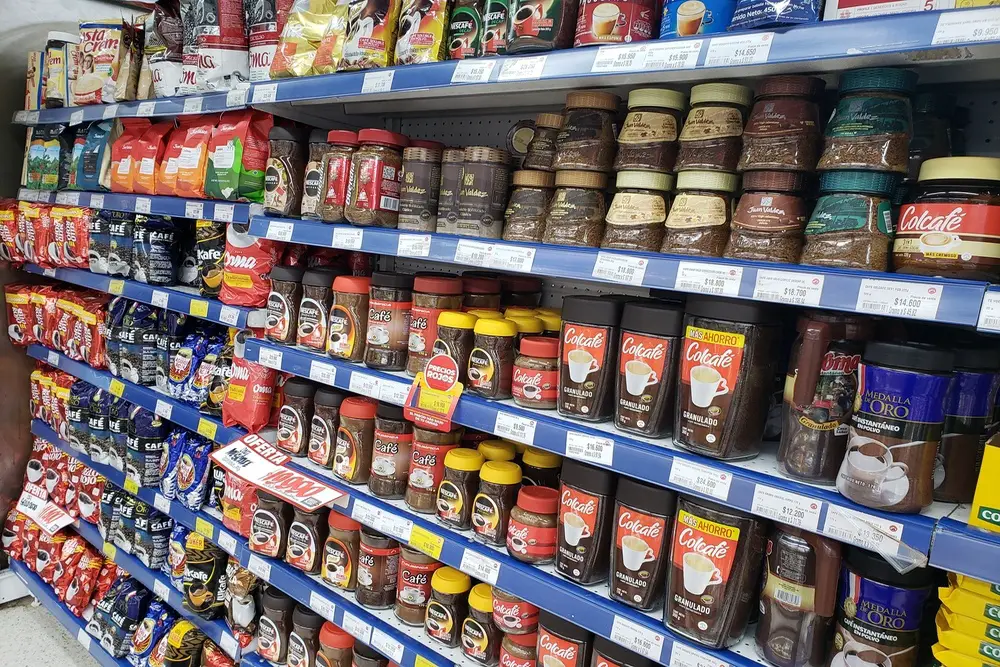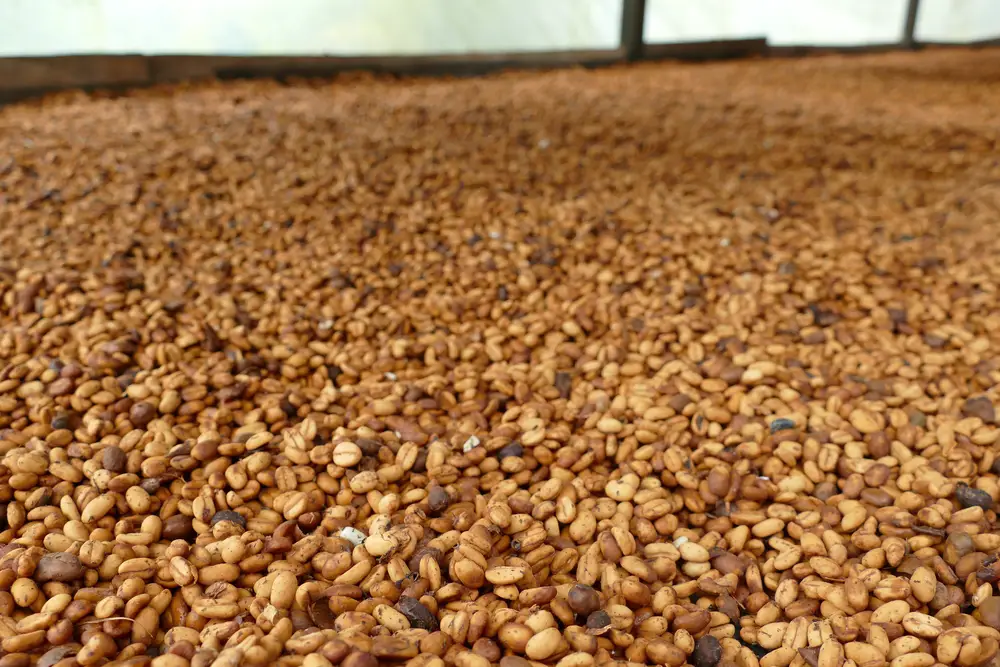Colombian coffee is one of the best-known worldwide for its taste and quality.
Colombian coffee, renowned for its exceptional taste and quality, owes its uniqueness to the country’s tropical climate, mountainous terrain, and diverse ecosystems. From the Sierra Nevada to the Andes Mountains, these geographical marvels contribute to producing beans with distinctive aromas and flavors, making Colombian coffee a global icon.
While all Colombian coffee is Arabica, the specific characteristics of each region’s harvest process, season, and brewing methods lend a unique quality to the beans. This blog post will guide you through Colombia’s largest coffee-producing areas, highlighting their production characteristics and cup profiles. This context will enhance your understanding of the best Colombian coffees from different regions.
Table of Contents
Coffee Producing Regions in Colombia
Colombia comprises 32 departments, most of which cultivate coffee. We’ll explore these regions by dividing them into four main zones, each offering a unique geographical setting and resulting in distinct cup profiles.
North Zone
The North Zone includes regions like La Guajira, Magdalena, Cesar, Norte de Santander, and Santander.
- Geographical Location: These regions are located in the northern part of Colombia, bordering the Caribbean Sea.
- Extension: The North Zone covers a substantial area along the northern coast.
- Climate: Characterized by higher temperatures and lower altitudes compared to other coffee regions. The climate is tropical with distinct wet and dry seasons.
- Special Characteristics: Coffee plants are often grown in shadier areas to mitigate the intense heat, resulting in beans with intense body and lower acidity.
Key coffee-producing regions in the North Zone include:
- La Guajira, Magdalena, and Cesar
- Tasting Notes: Sweet and sour, chocolate
- Acidity: Low
- Harvest Season: March to November
- Characteristics: Intense body, less acidity. Higher temperatures necessitate shadier planting, influencing the final cup quality.
- Norte de Santander and Santander
- Tasting Notes: Chocolate, tobacco
- Characteristics: Less emphasis on acidity, focusing on richer flavors.
North-Central and South-Central Zones
This zone includes Antioquia, Caldas, Chocó, Risaralda, Quindío, Valle del Cauca, Cundinamarca, and Tolima.
- Geographical Location: These departments are centrally located, spanning from the north-central to the south-central parts of Colombia.
- Extension: This area encompasses a large portion of Colombia’s coffee-growing heartland.
- Climate: The climate varies from tropical in lower altitudes to more temperate in higher altitudes. It experiences significant rainfall, essential for coffee cultivation.
- Special Characteristics: Known for producing aromatic, high-quality coffees with medium acidity and body. Antioquia and Tolima are particularly notable for their coffee production.
Prominent regions in these zones include:
- Antioquia
- Tasting Notes: Citrus, sweet
- Significance: Second-largest coffee-producing region, nationally and internationally recognized.
- Caldas, Chocó, Risaralda, Quindío, Valle del Cauca, Cundinamarca, and Tolima
- Tasting Notes: Fruity, herbal, citrus
- Acidity: Medium to High
- Body: Medium
- Harvest Season: March to May, September to November
- Characteristics: Roasted, aromatic, high-quality coffees.
Southern Zone
Comprising the Coffee Triangle, this zone includes Nariño, Cauca, and Huila.
- Geographical Location: Located in the southern part of Colombia.
- Extension: Encompasses a significant area in the south, including parts of the Andes Mountains.
- Climate: Varied climates with a mix of tropical and cooler temperatures due to higher altitudes. The region experiences prolonged wet seasons.
- Special Characteristics: Huila is the largest coffee-producing region, known for its cultural richness and quality. The coffee here is known for its high acidity and complex flavors, with a mix of fruity and caramelized notes.
This zone includes the renowned Coffee Triangle: Nariño, Cauca, and Huila.
- Huila
- Tasting Notes: Sweet, wine-like
- Acidity: Medium-High
- Significance: Largest coffee-producing region, known for its cultural wealth and premium products.
- Nariño and Cauca
- Tasting Notes: Citrus, sweet, floral
- Characteristics: High acidity, intense aromas, dense body, fruity and caramelized notes.
Eastern Zone
This zone includes smaller regions like Arauca, Casanare, Meta, and Caquetá.
- Geographical Location: These regions are located in the eastern part of Colombia, towards the border with Venezuela.
- Extension: Covers a smaller area compared to other zones but is significant for its unique coffee production.
- Climate: Similar to the northern region, with a tropical climate and a lengthy rainy season.
- Special Characteristics: Efforts are underway to boost coffee production. The coffees here are known for their varied aromas and flavors, with a generally softer profile.
Though smaller, the Eastern Zone’s coffee regions have unique highlights:
- Arauca, Casanare, Meta, and Caquetá
- Tasting Notes: Citrus, spicy, herbal
- Acidity: Low to Balanced
- Body: Varies from strong to balanced
- Characteristics: Efforts to boost production. Offers a softer coffee with diverse aromas, flavors, and densities.
Each Colombian coffee region brings a distinct flavor profile to the table. Whether it’s the intense body and lower acidity of the North or the rich, fruity, and caramelized notes of the South, Colombian coffee offers a diverse range of tastes and aromas. By understanding these regional differences, coffee enthusiasts can appreciate the depth and variety of Colombian coffee, a true testament to the country’s rich coffee heritage.



